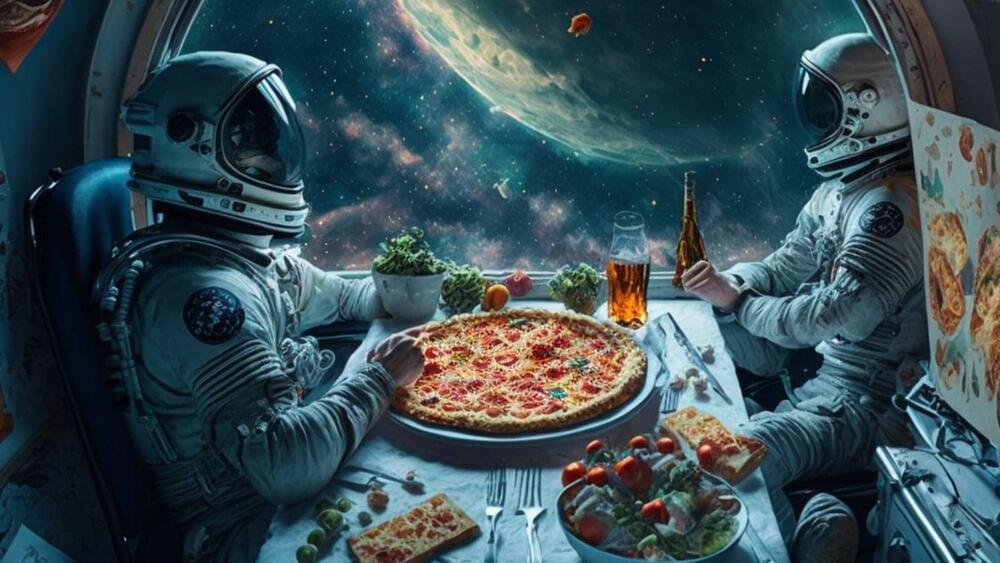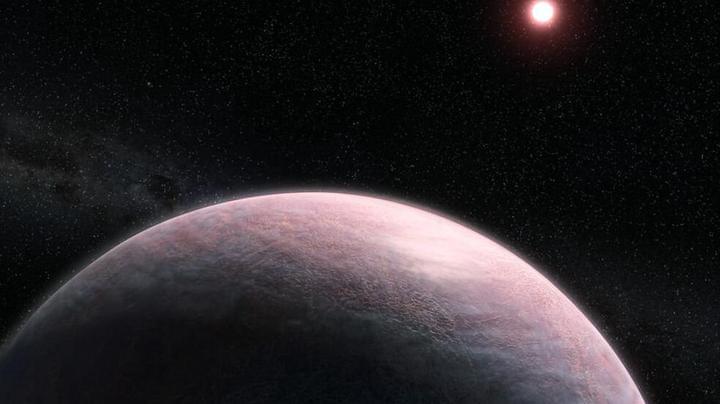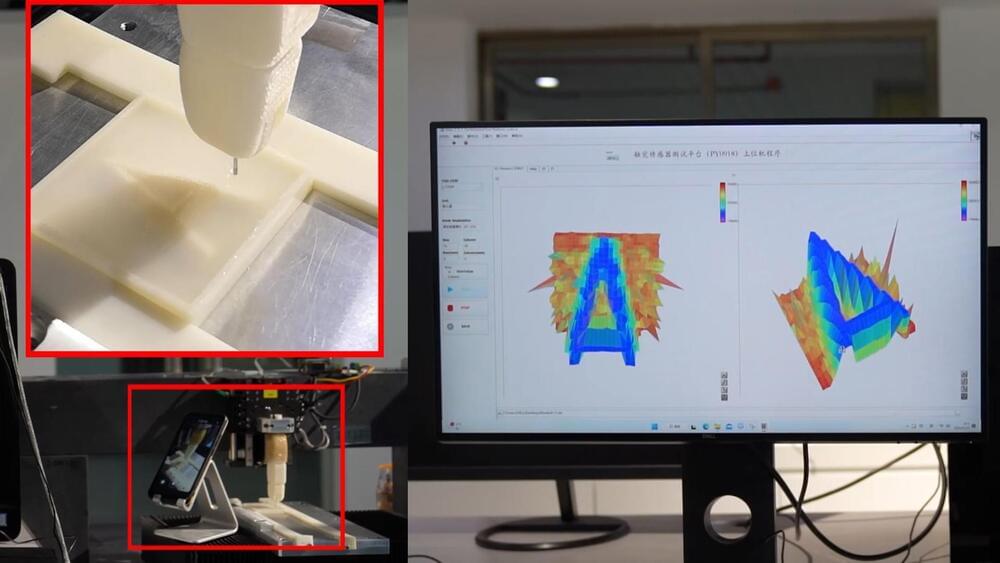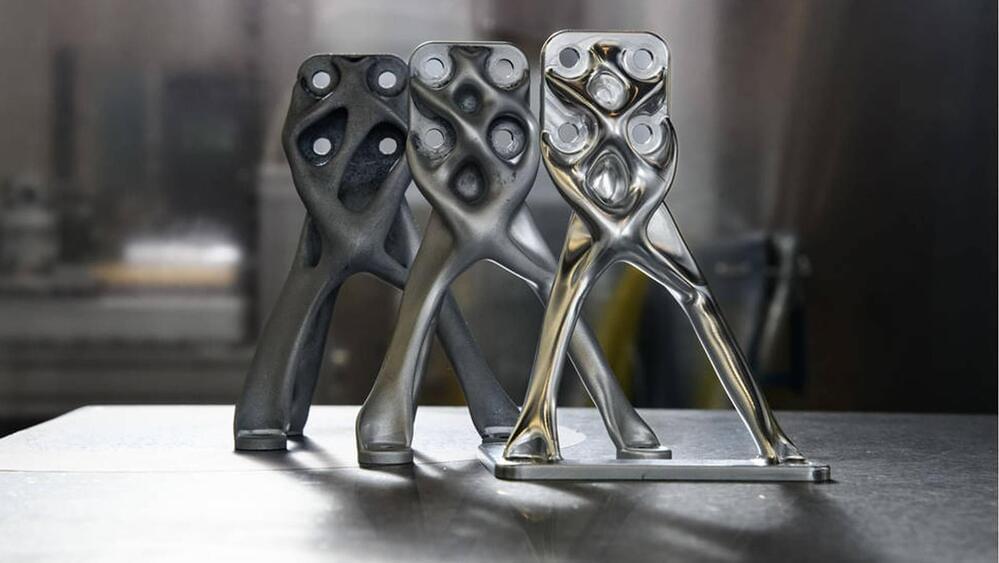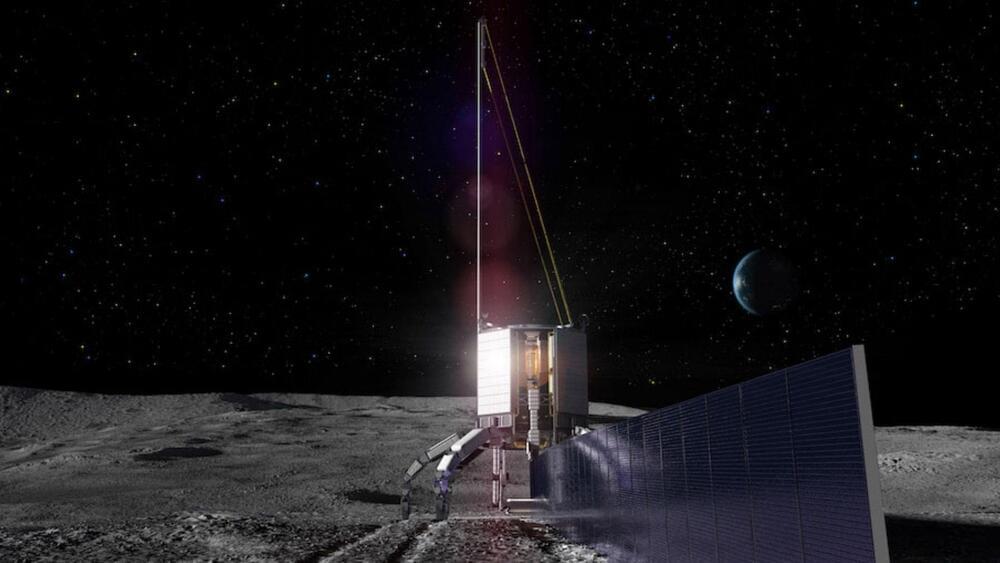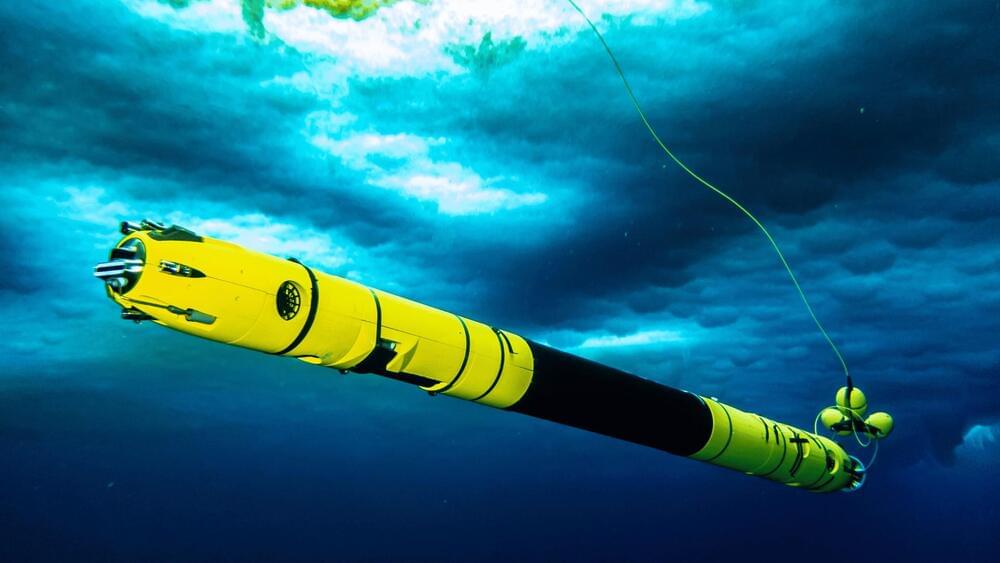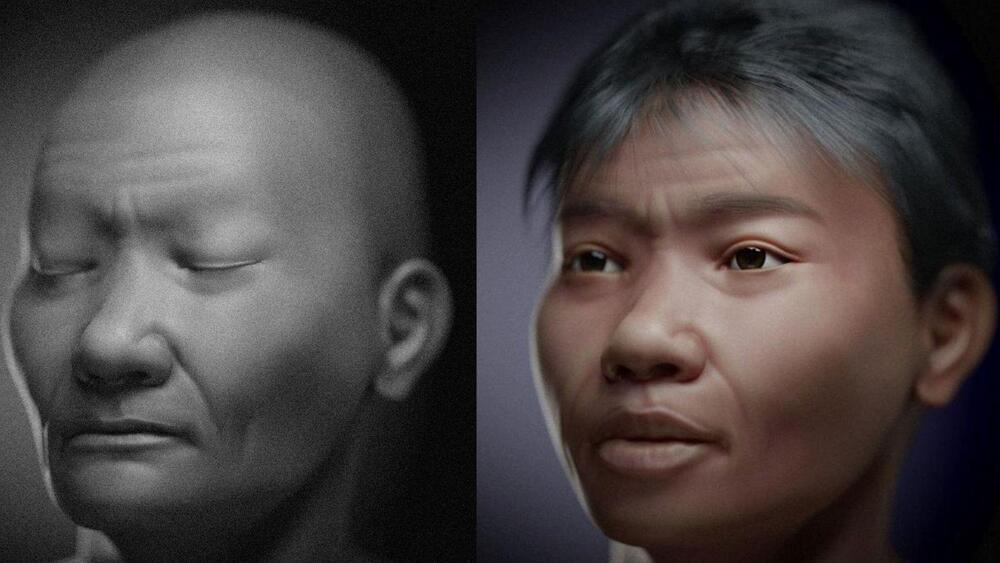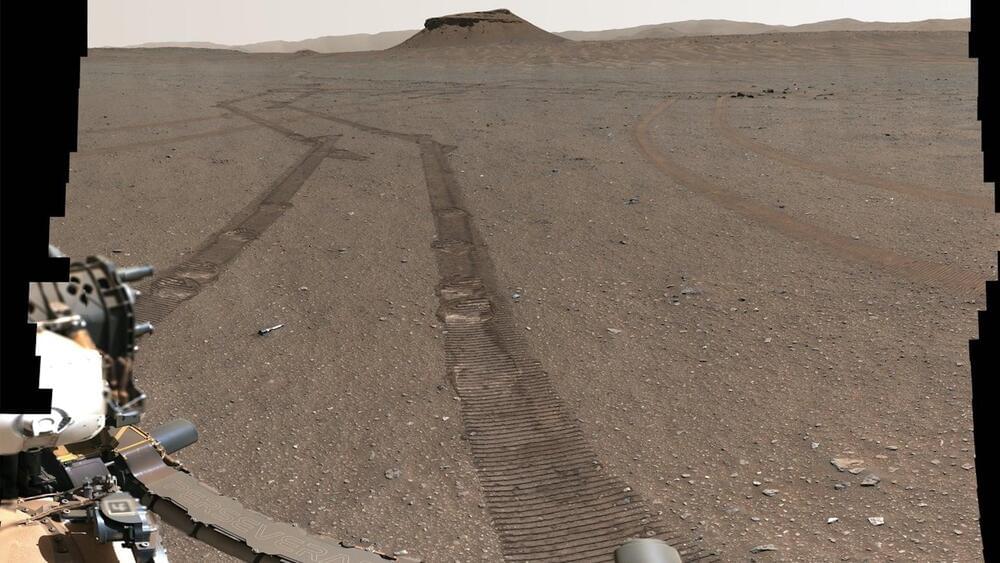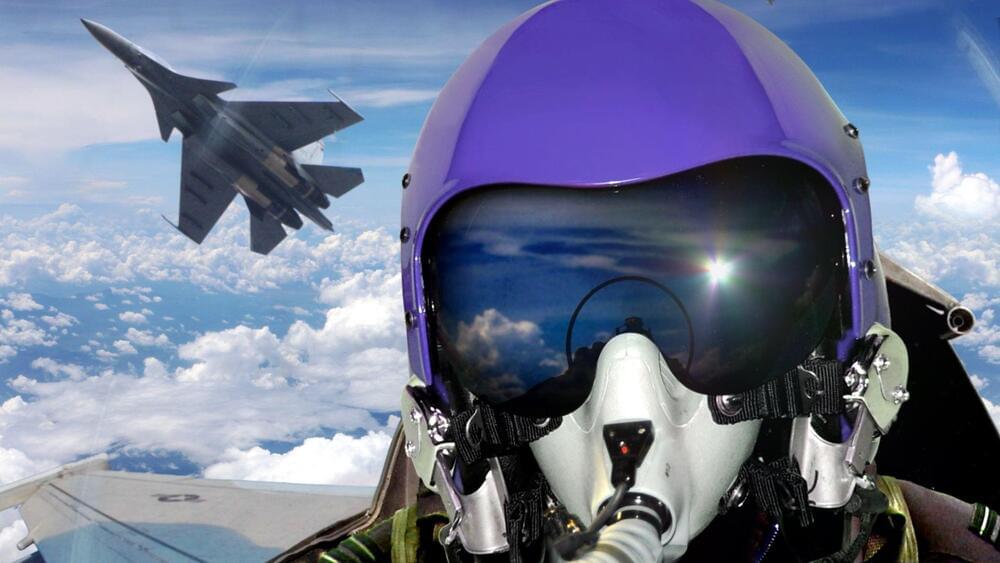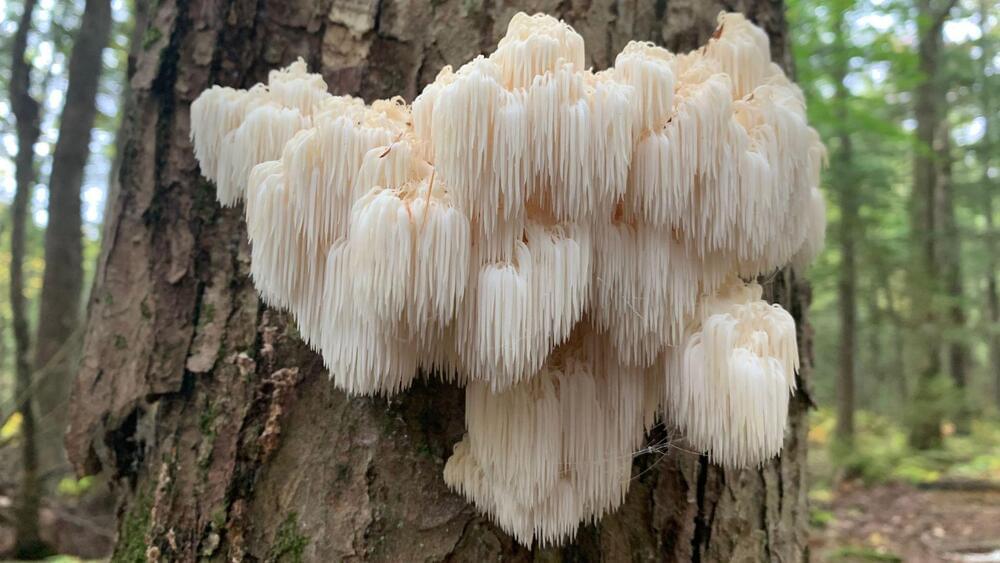We don’t mean new alternatives to Cheetos, Funyuns, or some other processed snack. We’re talking about developing truly revolutionary, nutritional, and tasty foods that require minimal resources and minimal space, and still fulfill the dietary needs of space travelers or Earth-bound people suffering from famine or nutritional deficiencies.
NASA has announced 11 finalists in Phase 2 of the Deep Space Food Challenge, a competition to find unique ways to feed astronauts on extended space missions, such as voyages to Mars and beyond. The Challenge, which is co-sponsored by Methuselah Foundation, invited innovators to design, build, and test new ways to sustain astronauts during months-or years-long space missions.
“As we prepare for long-duration human spaceflight, food is essential not only for nutrition, but also familiarity and comfort on long voyages and in isolated environments,” said Jim Reuter, associate administrator for NASA’s Space Technology Mission Directorate in an agency statement. “The creativity of innovators is allowing us to tackle this important yet complex challenge in new and interesting ways.”
